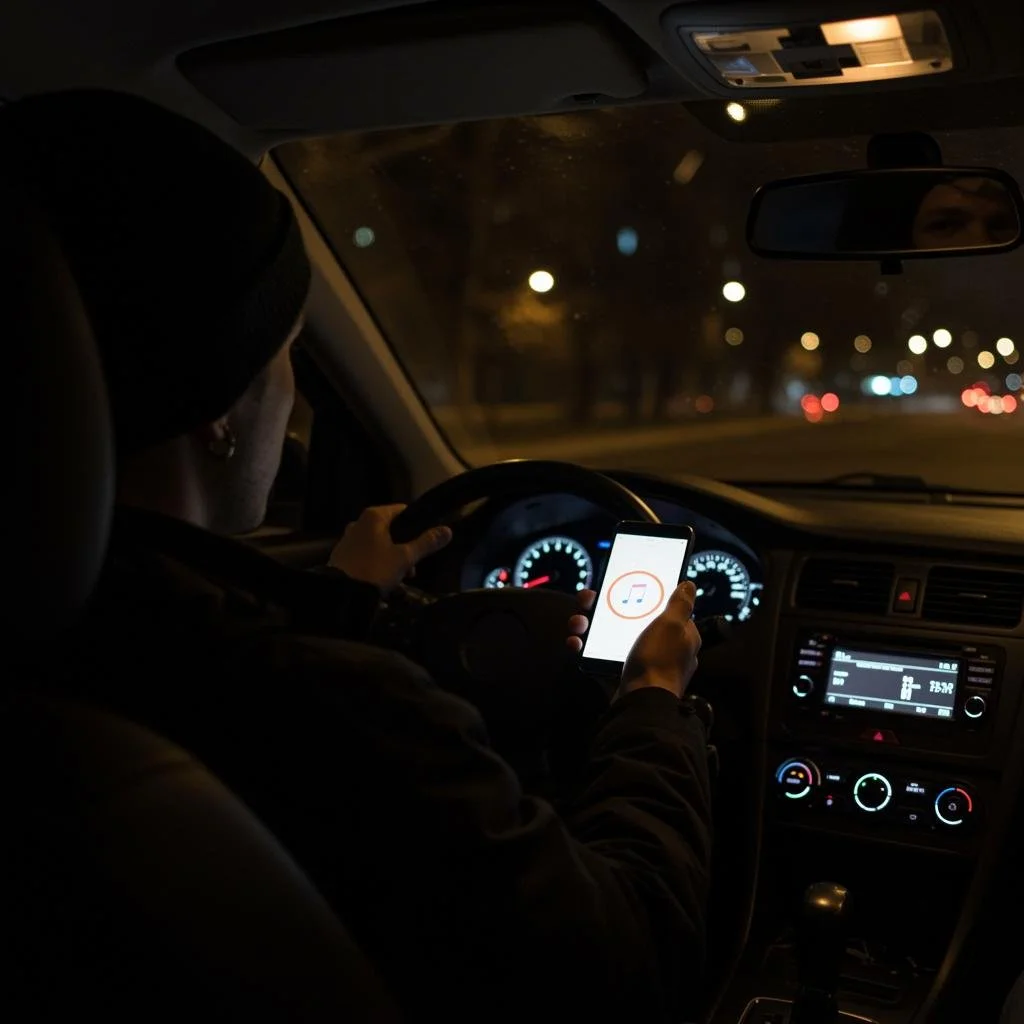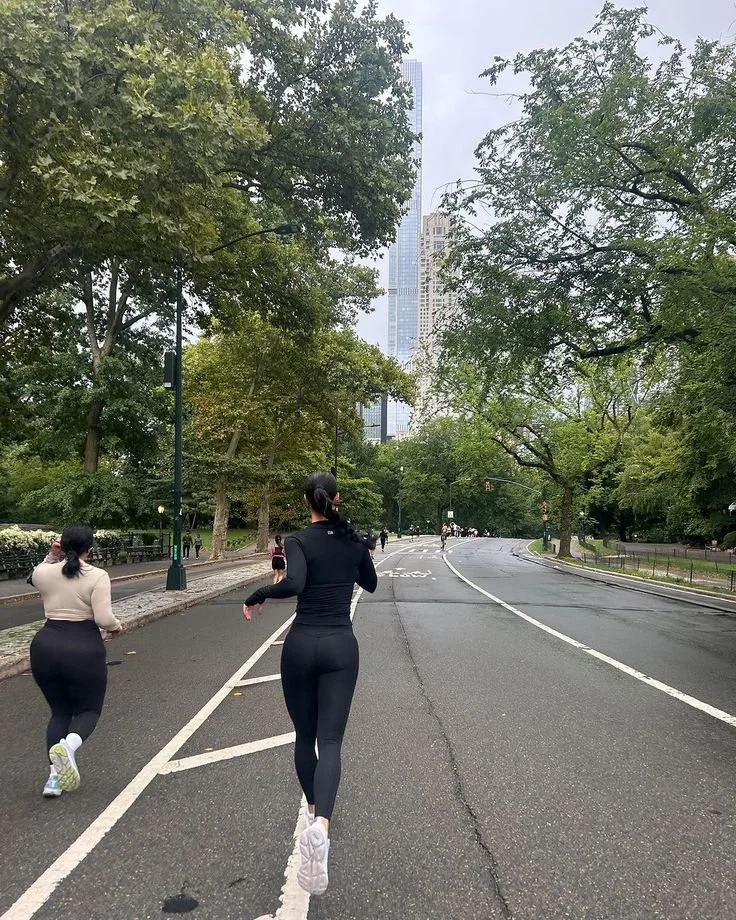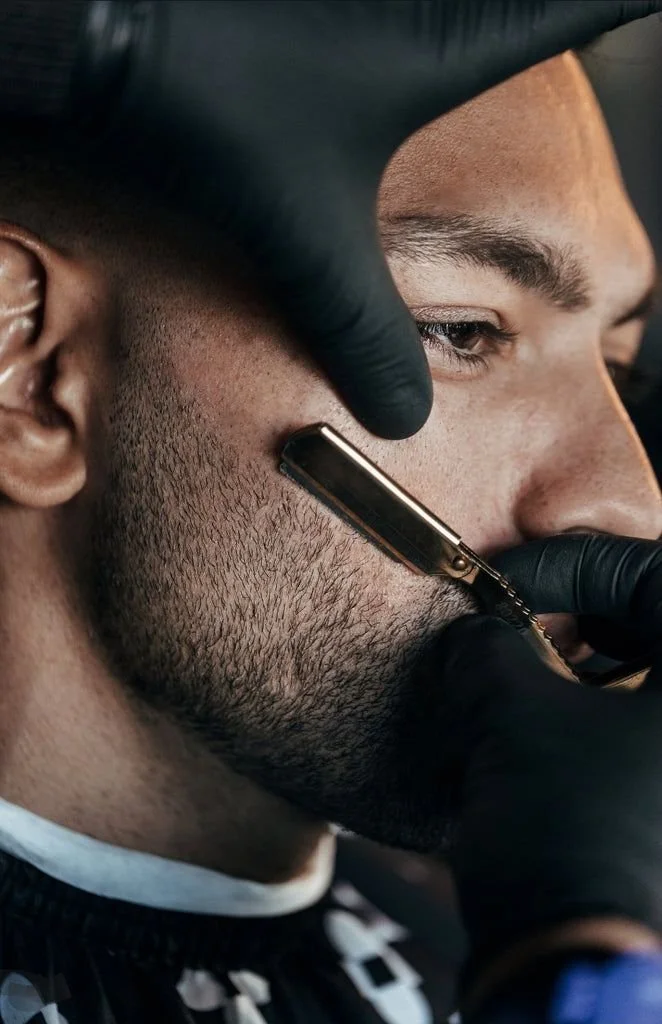The Different Ways Smartphone Usage Leads To Car Accidents
Smartphones have become essential tools in our daily lives, but their use behind the wheel significantly increases the risk of accidents. According to the National Highway Traffic Safety Administration (NHTSA), thousands of crashes each year are caused by distracted driving, with cell phone use being a leading contributor.
Whether it’s texting, calling, or checking apps, drivers who divide their attention are putting themselves and others in danger. The consequences can be severe, often resulting in injuries, fatalities, and legal complications.
In this article, we uncover the various ways in which smartphone usage can inadvertently lead to car accidents on the road. By exploring the different factors involved, we aim to highlight the risks associated with distracted driving and how it impacts overall road safety.
No. 1
Cognitive Distraction: A Hidden Threat on the Road
One of the most dangerous aspects of smartphone use while driving is cognitive distraction. Even hands-free calls can impair a driver’s ability to react quickly to sudden changes in traffic or road conditions.
Texting or talking while driving reduces reaction time and makes it harder to notice unexpected hazards. This delay can lead to devastating accidents, especially in high-speed or congested areas.
Attorneys experienced in car accidents caused by cellphones can help victims seek compensation. These legal professionals understand how distraction contributes to crashes and can build strong cases for those injured due to another driver’s negligence.
No. 2
Types of Distractions Caused by Smartphones
Smartphone-related distractions typically fall into three key categories. Each one affects a different aspect of a driver’s ability to operate a vehicle safely.
1. Visual Distraction
Looking at a phone screen to read messages or check navigation takes the driver’s eyes off the road. Even a quick glance can result in rear-end collisions or drifting between lanes.
2. Manual Distraction
Typing, scrolling, or dialing with one or both hands reduces control over the vehicle. This is especially dangerous during heavy traffic or at high speeds.
3. Cognitive Distraction
Engaging in a conversation or reading messages diverts mental focus from driving. This increases the likelihood of missing road signs, pedestrians, or unexpected obstacles.
Each of these distractions alone is hazardous, but when combined—as is often the case—they create a perfect storm for accidents.
No. 3
The Impact of Texting and Social Media Use
Texting while driving is particularly dangerous because it involves all three types of distraction: visual, manual, and cognitive. The NHTSA reports that at 55 mph, reading or composing a text takes your eyes off the road long enough to travel the length of a football field.
Social media apps also pose a serious risk. Notifications prompt users to check updates, while features like live streaming, video calls, and photo sharing encourage interaction behind the wheel.
These behaviors are especially common among younger drivers, who may underestimate the risks. A momentary lapse in attention can lead to catastrophic consequences, including fatal accidents.
Ethos
Protect what matters most.
Get peace of mind with Ethos Life Insurance—simple, affordable, and designed to fit your family’s needs.
Start your journey today!
No. 4
Legal Consequences and Victim Rights
In response to the growing threat of distracted driving, many states have enacted strict laws against cellphone use while driving. These include fines, license points, and even criminal charges in severe cases.
Despite these laws, distracted driving remains one of the leading causes of traffic accidents in the U.S. Victims of such crashes may be entitled to compensation for medical expenses, lost wages, property damage, and emotional suffering.
Legal professionals specializing in car accidents can guide victims through the claims process. They help gather evidence, negotiate with insurers, and ensure that victims receive the justice and compensation they deserve.
No. 5
Promoting Safer Driving Habits
Public awareness campaigns and safety organizations continue to advocate for responsible driving behavior. Educational initiatives aim to inform drivers—especially teens—about the dangers of smartphone use behind the wheel.
Governments and nonprofits emphasize a combination of education and enforcement to curb distracted driving. The goal is to create safer roads through informed choices and stricter compliance with traffic laws.
Drivers who understand the risks of smartphone use are more likely to adopt safer habits. Simple actions like activating "Do Not Disturb" mode or using voice commands can make a significant difference.
Takeaways
Smartphones offer convenience, but using them while driving comes at a high cost. The risks to yourself and others are too great to ignore. Distracted driving, especially due to cellphone use, is a preventable cause of countless injuries and deaths on the road.
By recognizing the dangers and making conscious choices, drivers can protect themselves and their communities. Whether it’s putting the phone away or encouraging others to do the same, every action counts.
Stay alert, stay focused, and make the road a safer place for everyone.
Looking for resources?
At Hello Lovely Living, we aim to empower you to earn and save money and time while benefiting from our expansive network of home, life, wellness, travel, work-from-home, career, and business resources and opportunities. Discover a wealth of tools to support your journey.































